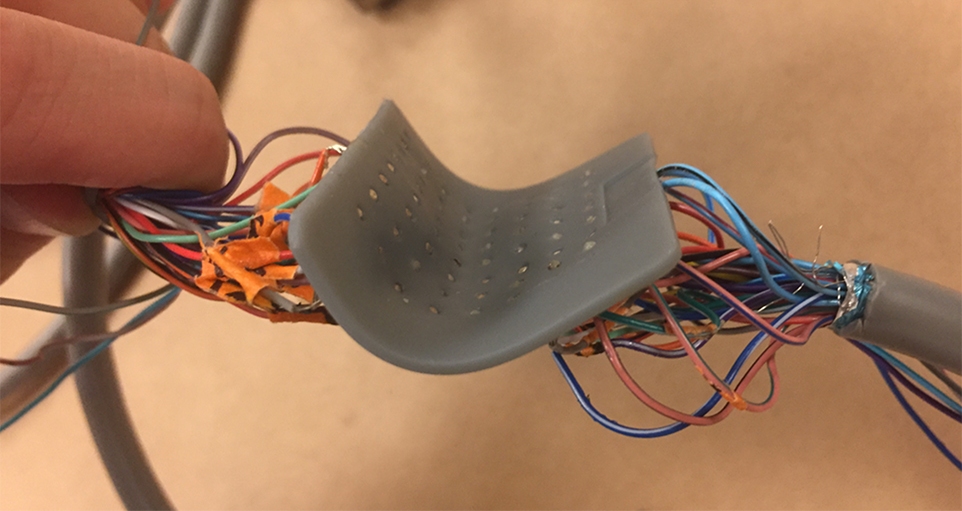Of all the objects a 3D printer can churn out — musical instruments, camera lenses, shoes, hinges, doorstops, weapons — one of the coolest might be personalized cardiac catheters.
Cardiac catheter devices, used by surgeons to map the electrical activity of the heart, can detect rhythm disturbances in patients’ heartbeats. The most common rhythm disorder, writes Alex Kekauoha in a Stanford News piece, is atrial fibrillation, which affects more than 6 million Americans.
But detecting those irregular heartbeats can be difficult, as most cardiac catheters are one-size-fits-all, resulting in poor connections and missed signals. That’s where the 3D printer makes a difference.
Second-year Stanford medical student Kevin Cyr is part of a team using 3D printing to build custom devices. He explains that by feeding an MRI or CT scan image of the patient’s heart into the 3D printer, “we can replicate that natural geometry and anatomy specific to that patient.” The resulting device provides much greater accuracy.
Kekauoha describes the device — which has yet to be tested on humans — and how it works:
The device is a small, thin, flexible silicone membrane with tiny holes in a grid-like formation, each holding a tiny electrode. When placed on the surface of the heart’s atrium, a device can measure the electrical activity over a specific region of the heart. The data is transmitted to a computer, where it produces a recording that shows the electrical activity at that specific site. The recordings produce a heatmap of the electrical activity that physicians use to identify the regions of the heart that need treatment.
Cyr and his fellow researchers, led by Anson Lee, MD, assistant professor of cardiothoracic surgery, are pleased with promise of the personalized cardiac catheter device, and say they have another year or two to refine the technology.
Photo by Kevin Cyr




